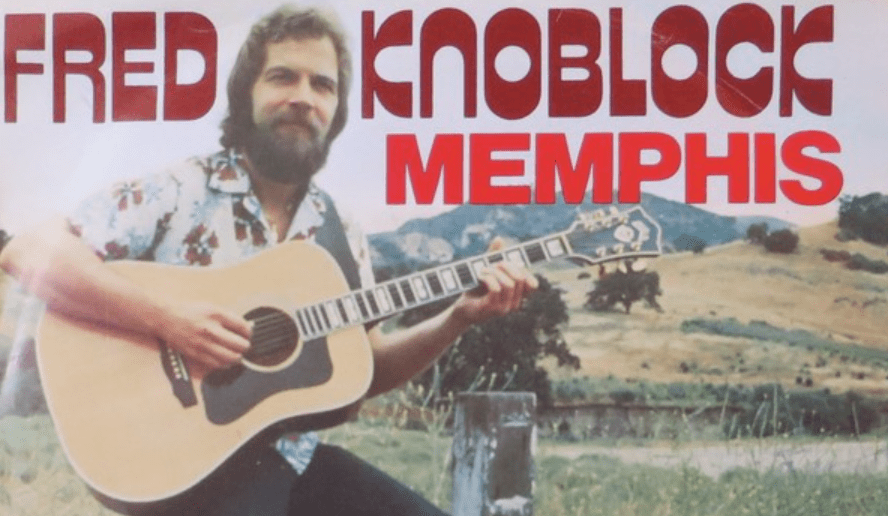http://www.2theadvocate.com/sports/30611269.html
It was what might have been with JaMarcus Russell and well-intentioned wishful thinking with Glenn Dorsey.
Both players had spectacular final seasons at LSU, yet barely scratched the surface of Heisman Trophy consideration.
Now, with the Tigers front and center in the college football consciousness as the reigning national champions and a serious contender again this season, could junior tailback Charles Scott be poised to jump into the race for the sport’s most prestigious individual award?
After four games, the 5-foot-11, 233-pound Scott leads the Southeastern Conference with 535 rushing yards, which breaks down to a league-best 133.8 yards per game and 7.5 yards per carry.
In a league featuring a handful of future pros at the running back position, Scott has emerged as the best of the bunch so far this season. But he shrugs off the Heisman talk like he might a linebacker taking the first shot at him on an off-tackle blast.
“I really don’t think about it because I don’t want anything to take away from what we’re trying to accomplish as a team,” Scott said. “As hard as I’ve worked to get where I am, I don’t mind my name being thrown out there and I’m not saying I wouldn’t want to win it. Right now, it’s just not one of the things I’m focused on. It’s way down on my list right now.”
It would make sense that should Scott stay on course and be the best running back in the country’s toughest conference, then surely his name will be at the top of any Heisman hopeful lists.
Right?
If that happens and Scott persists as a legitimate Heisman candidate, he will have to buck a surprising trend that has survived over the 73-year history of the Heisman, as well as a recent inclination toward quarterbacks.
The last SEC running back to win the award was Auburn’s Bo Jackson in 1985. That was three years after Georgia’s Herschel Walker finally nabbed the award as a junior after knocking at the door in 1980 and ’81 with record-setting seasons.
Before Walker and Jackson, the only SEC backs to claim the Heisman were LSU’s Billy Cannon in 1959 and Frank Sinkwich of Georgia in 1942.
“If a running back can do that in this conference, they should certainly get some attention,” longtime Auburn coach Pat Dye said. “For as long as I’ve been in this league, we’ve been a running conference. And the thing people should remember is that (Scott) isn’t running in an option offense where he gets to get out in the open and run in free range. He’s running in traffic against some of the best defenses in the country every week.”
Dye’s longtime rival, legendary Georgia coach Vince Dooley, concurred that Scott should be a candidate, along with Bulldogs star Knowshon Moreno. But he knows first-hand there has to be more to Scott’s season than just good numbers against great defenses.
Making an impression over time is also crucial.
Walker posted huge stats as a freshman with 1,616 yards when Georgia won the 1980 national championship. Then as a sophomore, Walker shattered LSU star Charles Alexander’s single-season league record for rushing yards when he racked up 1,891 on 385 carries — an eye-popping 35 totes per game.
It might have taken those two years to cement Walker’s stature on the national level, though. He finished third in the Heisman vote in 1980 and second in ’81. Until Tim Tebow of Florida won the award last year, no player younger than a junior had ever claimed the prize.
“Herschel was a victim of that his first year as a freshman and probably again as a sophomore,” Dooley said. “Sometimes if you keep coming along, people can’t help but notice what you’re doing. It’s all about timing and what people remember about you as time goes by.”
Time isn’t exactly in Scott’s favor.
Until he snatched the starting tailback spot this season, he was part of LSU coach Les Miles’ running back by committee and rarely got more than a handful of carries a game — with a single-game high of 15 against Tulane in 2006 before this season.
Scott had 91 total attempts in his first two seasons, and already has 71 this season.
“LSU is not the kind of offense where a back is gonna run the ball 35-to-40 times, but I do think he has pretty much eliminated the tailback by committee,” Dye said with a chuckle. “But for an SEC back to really get real consideration, he’s probably going to have to run for 1,800 or 2,000 yards.”
Those are numbers that would challenge or eclipse Walker’s SEC record and would likely require a major shift in LSU’s offensive approach.
To reach those totals, Scott would have to up his per-game average to between 150-to-167 yards a game and likely increase his carries per game from 17.8 currently to 25-to-30.
“You may be able to carry the ball 35 yards against one team, and only carry 15 against another,” said Scott, who got the ball a career-high 27 times on the ground against Mississippi State. “It depends on how physical the game is. You can’t really measure how comfortable you’d be with a certain amount of reps.
“Right now, I don’t think I’m expected to carry the ball 35, 40 times.”
It’s possible Scott might not have to pile up staggering statistics to stay in Heisman contention.
The Advocate
10/8/08







